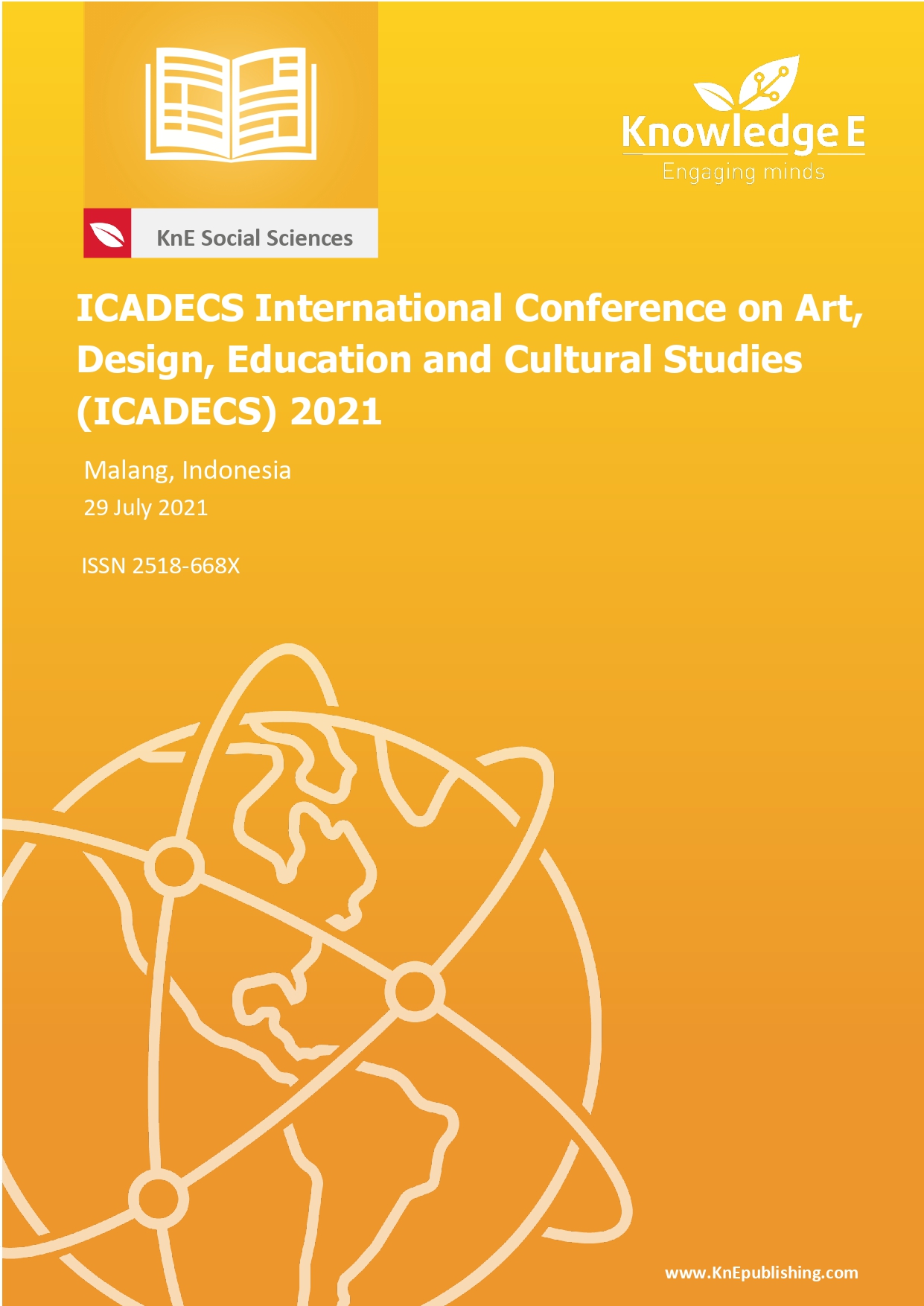Strengthening the Branding of Lake Toba
DOI:
https://doi.org/10.18502/kss.v7i13.11652Abstract
Lake Toba is the largest caldera (giant volcanic crater) lake in the world, and it is located in North Sumatra Province. Lake Toba is designated as a priority destination by the Ministry of Tourism and Creative Economy. Furthermore, efforts to preserve nature and culture as well as ancestral heritage are needed to support the acceleration of tourism development. Foreign tourist visits to Lake Toba reached the highest point in 2017, which was 270,292 people. However, in 2018 this fell 14% to 231,465 people. The purpose of this study was to demonstrate that the level of tourist visits is not stable; that is, apart from the increase, there has also been a decrease in the level of tourist visits; and this was due to the weak approach used in destination branding. Descriptive qualitative methods were employed, using SWOT analysis, and data were collected through a literature review and social media analysis. The findings showed the need for strengthening the branding of priority destinations of Lake Toba, by strengthening and emphasizing the integrated marketing process and the brand value chain. This strength can come from the lake’s main advantages, namely nature tourism and cultural tourism. Accessibility to Lake Toba should also be improved. It is necessary to prioritize the process of creating branding of destinations and cooperation between the government, tourism industry, community, media and academics. Keywords: branding destinations, tourism promotion, priority destinations
References
[2] Badan Pusat Statistik. (n.d.). Retrieved September 20, 2021, from https://www.bps.go.id/indicator/16/1470/1/kunjungan-wisatawan-mancanegara-per-bulan-menurut-kebangsaan.html
[3] Anholt, Simon. Handbook on tourism destinations branding. World Tourism Organization (WTO), 2009.
[4] Kotler P, Keller KL. Marketing management. New Jersey: Prentice Hall; 2012.
[5] Kotler, Philip, Waldemar Pfoertsch, and Waldemar A. Pförtsch. Ingredient branding: Making the invisible visible. Berlin: Springer, 2010.
[6] Republik Indonesia. Undang-undang republik Indonesia no 10 tahun 2009 tentang kepariwisataan. Jakarta: Republik Indonesia; 2009.
[7] Cooper, Chris, and C. Michael Hall. Contemporary tourism. Routledge; Oxfordshire. UK, 2007.
[8] Biplab R, Rajidul H. Building a strong brand image of Cox’s Bazar as a tourist destination: An empirical analysis on Cox’s Bazar. American Journal of Tourism Management. 2015;4(2):27-34. https://doi.org/10.5923/j.tourism 20150402.01
[9] Campelo A, Aitken R, Maree T, Gnoth J. Sense of place: The importance for destination branding. Journal of Travel Research. 2014;53(2):154-166.
[10] Pike S. Destination brand positions of a competitive set of near -home destinations. Tourism Management. 2008; 30(6) :857-866.
[11] Kavaratzis M, Hatch MJ. The dynamics of place brands: An identity-based approach to place branding theory. Marketing Theory. 2013;13(1):69-86.
[12] Rangkuti F. Analisis SWOT teknik membedah kasus bisnis. Jakarta: Gramedia; 2014.

